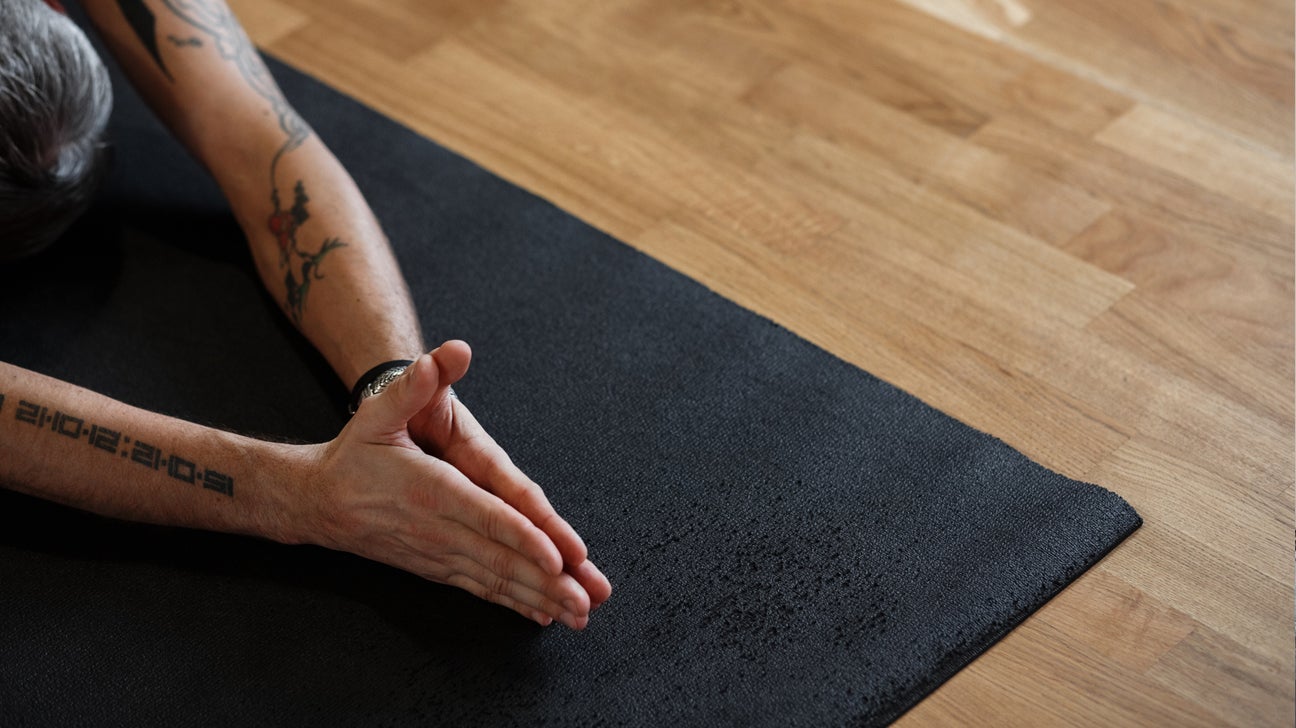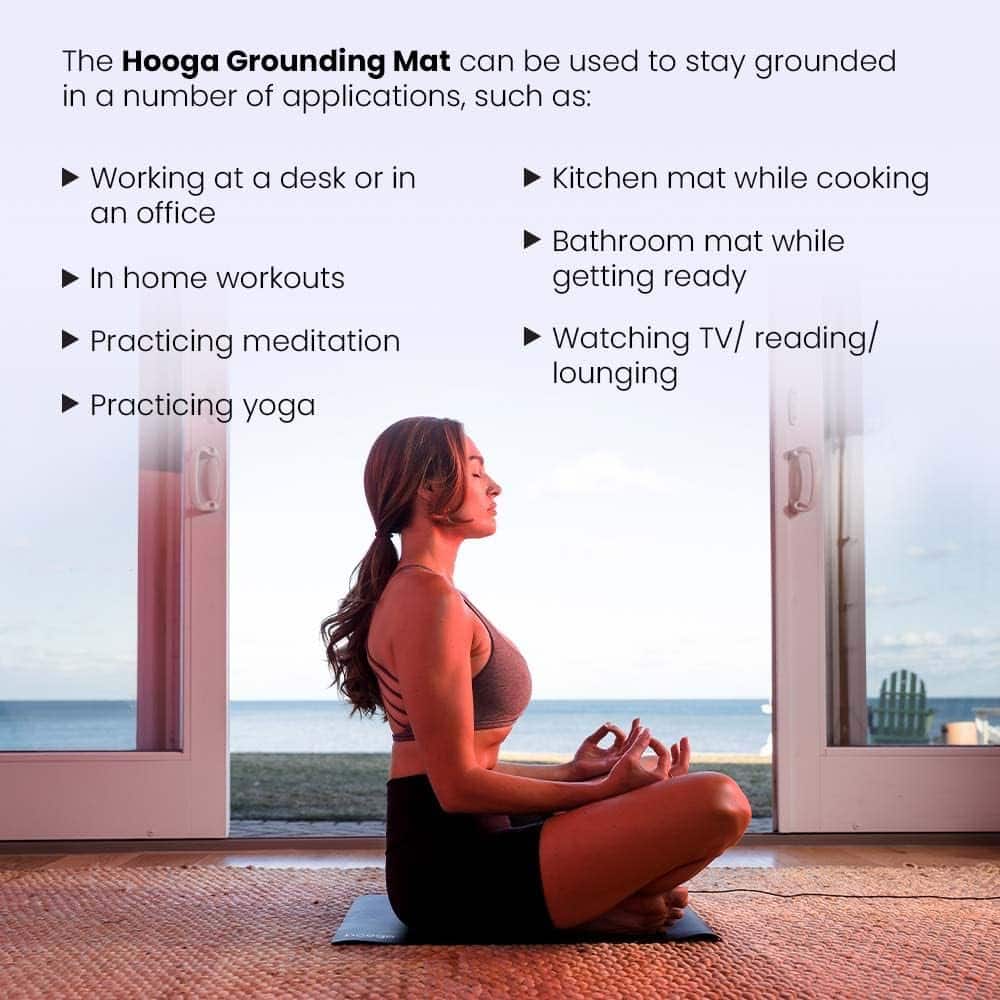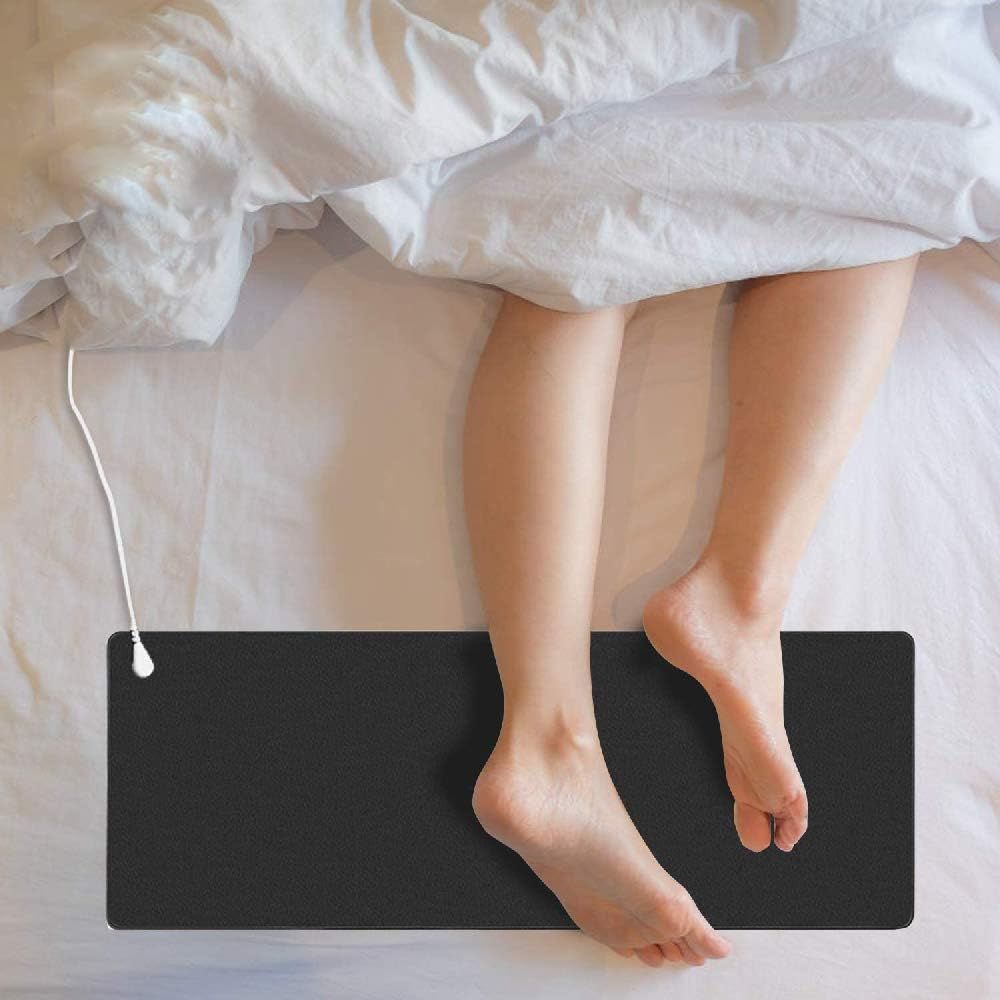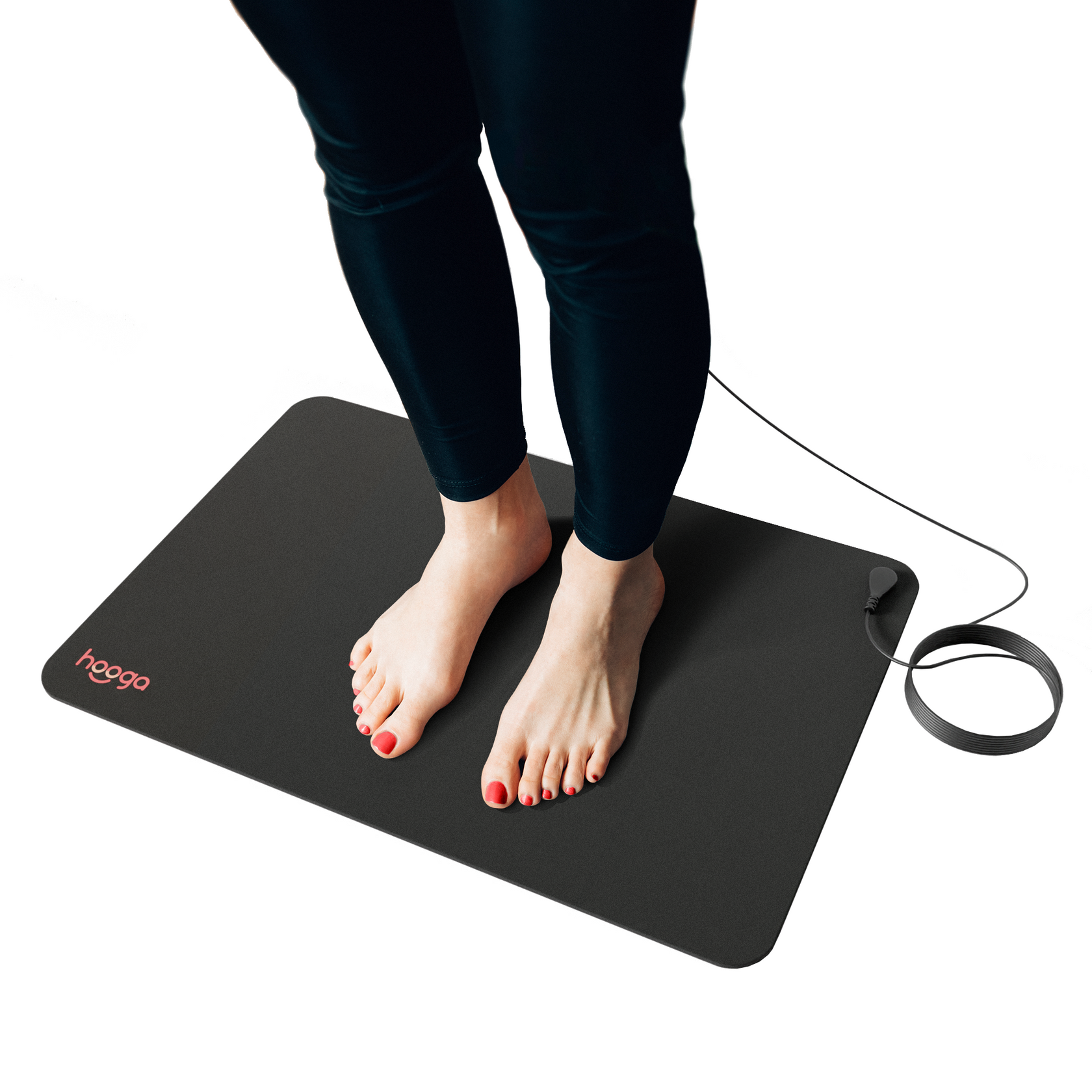Do You Feel Anything When Using A Grounding Mat

Imagine this: You're settling into your favorite armchair after a long day. The air is thick with the scent of chamomile tea, and a soft blanket is draped over your legs. But tonight, there's something different. Under your bare feet rests a grounding mat, a seemingly simple device promising a connection back to the earth. As you close your eyes, a gentle warmth seems to emanate from beneath you. But is it real, or just wishful thinking?
Grounding mats, also known as earthing mats, are gaining popularity as a way to reconnect with the Earth's natural electrical charge. The central question surrounding these mats is: do you actually feel anything when using one? While scientific evidence is still emerging, anecdotal reports suggest that many people experience subtle yet noticeable sensations, ranging from a gentle tingling to a sense of calm and reduced stress.
The Grounding Movement: A Brief History
The concept of grounding, or earthing, isn't new. For centuries, humans walked barefoot on the earth, naturally absorbing its electrons. In modern times, however, shoes with rubber or plastic soles act as insulators, disconnecting us from this natural energy source.
Clinton Ober, a retired cable television executive, is widely considered the pioneer of the modern grounding movement. He noticed that people who worked outside on cable installations often felt better than those working indoors.
Intrigued, Ober began experimenting, eventually developing the first grounding mats designed for indoor use. His work sparked interest and further research into the potential benefits of grounding.
What Exactly is Grounding?
Grounding is the practice of connecting your body directly to the Earth's electrical potential. The Earth's surface possesses a negative electrical charge due to a constant flow of electrons from atmospheric electrical activity.
Proponents of grounding believe that this connection allows the free electrons to enter the body, neutralizing free radicals and reducing inflammation. Free radicals are unstable molecules that can damage cells and contribute to aging and various health problems.
By connecting with the earth, the theory goes, these excess electrons can help to counteract the positive charge of free radicals in the body, and restore a state of electrical balance.
Do You Feel Anything? The Subjective Experience
The reported sensations from using a grounding mat vary greatly from person to person. Some individuals experience immediate and tangible effects, while others notice only subtle changes over time.
Commonly reported sensations include a gentle tingling or warmth in the feet or body. Some users describe a feeling of lightness or increased energy. Others report a deeper sense of relaxation and a reduction in stress levels. I found these sensations to be present after using the mat for about a week.
For example, Jane Doe, a 45-year-old office worker, shared her experience: "I didn't expect to feel anything, but after a few days of using the grounding mat at my desk, I noticed my chronic neck pain started to lessen. I also felt more focused and less fatigued throughout the day."
However, it's crucial to acknowledge that the placebo effect can play a significant role. The belief that a treatment will be effective can sometimes lead to real improvements, regardless of whether the treatment itself has a direct physiological effect.
The Science Behind Grounding: What Does the Research Say?
While anecdotal evidence is plentiful, the scientific research on grounding is still in its early stages. However, some studies have shown promising results.
A 2015 study published in the Journal of Inflammation Research found that grounding may reduce inflammation and improve immune response. Another study, published in the Journal of Alternative and Complementary Medicine, showed that grounding could improve sleep quality and reduce cortisol levels (a stress hormone).
However, many of these studies have small sample sizes and require further investigation to confirm the findings. More rigorous, large-scale studies are needed to fully understand the mechanisms and potential benefits of grounding.
Potential Benefits, According to Research:
- Reduced inflammation
- Improved sleep quality
- Reduced stress levels
- Improved immune response
- Pain relief
It's important to note that these potential benefits are based on preliminary research, and grounding should not be considered a substitute for conventional medical treatment. Always consult with a healthcare professional before making any significant changes to your health regimen.
Choosing and Using a Grounding Mat
Grounding mats come in various shapes and sizes, designed for use on desks, beds, or floors. They typically consist of a conductive material, such as carbon or silver-infused fabric, connected to a grounding wire that plugs into a standard grounded electrical outlet.
To use a grounding mat, simply place it on a surface where you spend time, such as your desk or bed, and ensure that your bare skin comes into contact with the mat. It's generally recommended to use the mat for at least 30 minutes per day, but you can use it for longer periods if desired.
When choosing a grounding mat, look for reputable brands that use high-quality materials and adhere to safety standards. Be sure to check the grounding wire and outlet for proper functioning to ensure a safe and effective grounding experience.
Expert Opinions on Grounding
The medical community is divided on the benefits of grounding. Some healthcare professionals are skeptical, citing the need for more robust scientific evidence. Others are cautiously optimistic, acknowledging the potential benefits while emphasizing the importance of further research.
Dr. Stephen Sinatra, a board-certified cardiologist, is a prominent advocate for grounding. He believes that grounding can have a significant impact on reducing inflammation and improving cardiovascular health. "Grounding is one of the most natural and safest things anyone can do to help restore and maintain their health," Dr. Sinatra has stated.
However, it's crucial to consider that Dr. Sinatra also sells grounding products, which could introduce bias. Always seek advice from a variety of healthcare professionals to get a balanced perspective.
Dr. Emily Carter, a family physician, takes a more cautious approach. "While I'm intrigued by the anecdotal reports of improved sleep and reduced pain, I need to see more large-scale, controlled studies before I can confidently recommend grounding to my patients. It may be a helpful complementary therapy for some, but it's not a magic bullet."
Conclusion: A Personal Journey of Discovery
Ultimately, whether or not you feel anything when using a grounding mat is a personal experience. While the science is still evolving, the anecdotal evidence and initial research suggest that grounding may offer a range of potential benefits.
Perhaps the most compelling aspect of the grounding movement is the idea of reconnecting with nature, even in our modern, technology-driven world. Whether it's the subtle tingling sensation beneath your feet or the deeper sense of calm that washes over you, grounding offers a simple yet profound way to tap into the Earth's energy and potentially improve your well-being.
So, the next time you settle into your favorite armchair, consider slipping a grounding mat under your feet. You might be surprised by what you feel, or perhaps, more importantly, by what you don't feel – the stress, the pain, the disconnection from the world around you. Maybe you'll discover, like many others, that sometimes the simplest things can make the biggest difference.


















